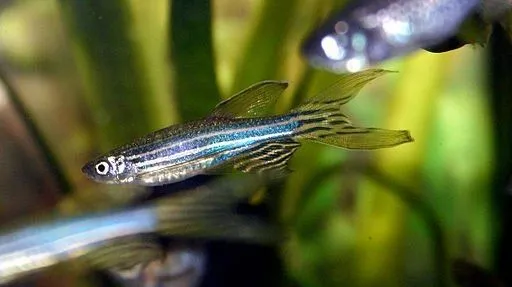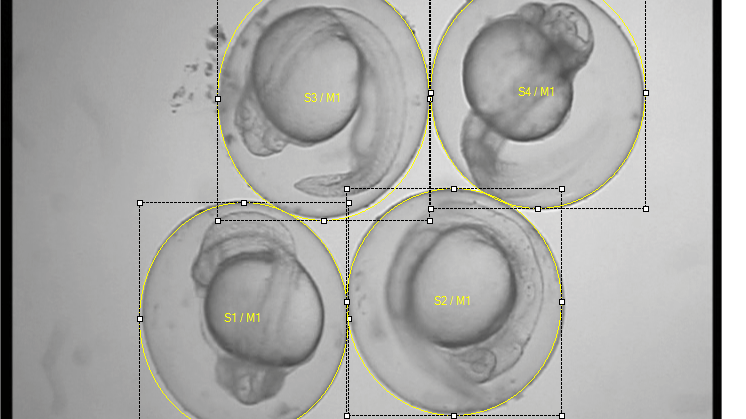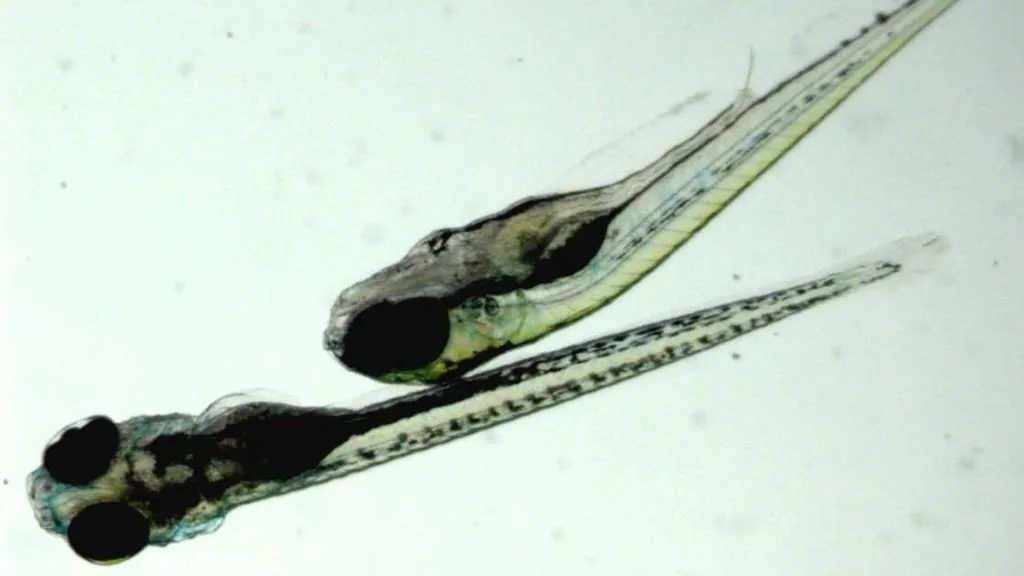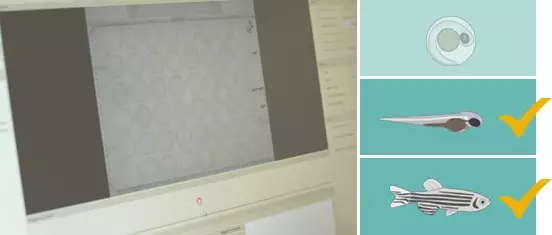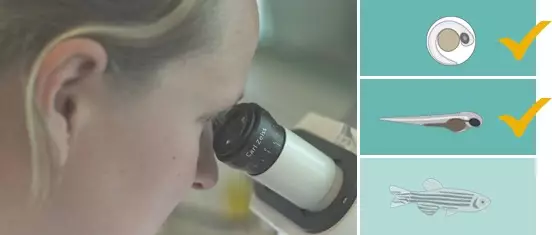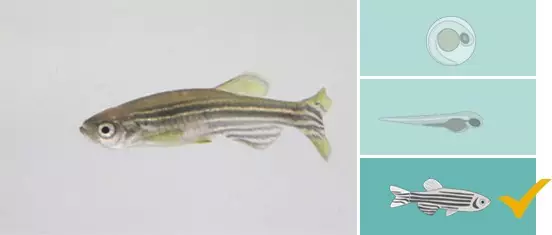Zebrafish as a model for biomedical research
The zebrafish (Danio rerio) is a popular model organism due to
its size, reproduction and growth rate, cost effectiveness, and also its genetic homology with
humans (~70%).
Noldus offers a wide array of solutions for research in zebrafish. As experts in behavioral neuroscience, we're here to support and elevate your research.
Video tracking for zebrafish
Video tracking means that the software is able to detect the
zebrafish in a video file or from a live video feed, distinguish it from its background, and track
its whereabouts and movements. It tracks and analyzes the behavior, movement, and activity of
zebrafish. Video tracking technology is versatile and enough to be very useful in many different
behavioral tests.
EthoVision XT is the industry leader in video
tracking. Use as a standalone solution for video tracking, or pair with the DanioVision observation chamber,
a complete system designed for high-throughput tracking of zebrafish larvae.
Your zebrafish research toolkit
Epilepsy research in zebrafish
The development of accurate, high-throughput models for epilepsy research is crucial. Read how researchers use EthoVision XT to develop a multi-parametric analysis in zebrafish.
Zebrafish and learning paradigms
Zebrafish have become an important animal model for studying neurodegenerative diseases. Download the white paper and learn more about zebrafish and learning paradigms.
Basic behavioral neuroscience in zebrafish
This essential guidebook will delve into the significant transformation zebrafish undergo through their developmental stages: from the embryonic stage to larvae, and finally adult zebrafish.
